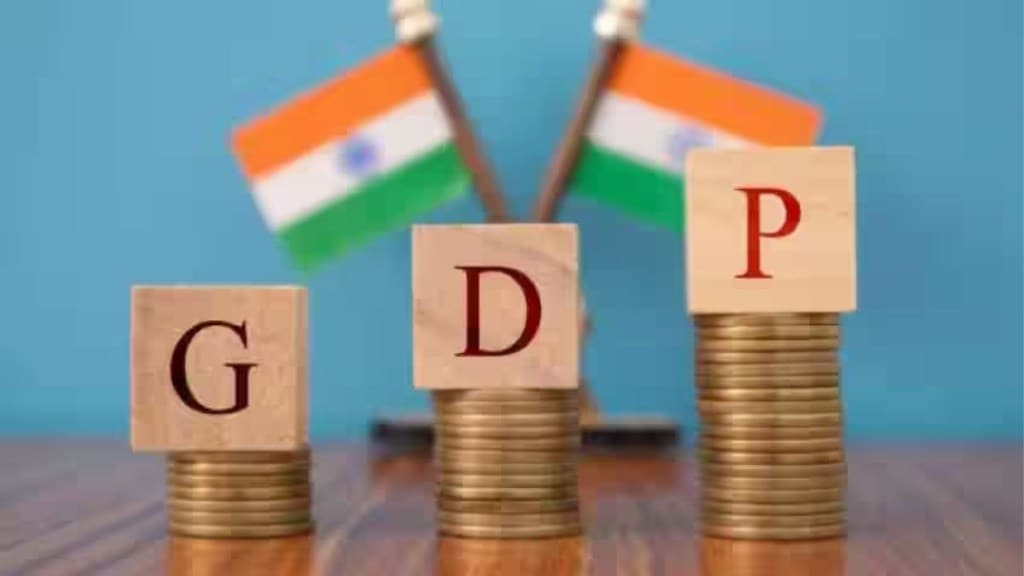The current retail inflation index may be causing overestimation of the price pressures in the economy, Shashanka Bhide, external member, RBI’s Monetary Policy Committee, feels. “Parameters set many years back do not reflect the current structure of the economy. It is not just the overall weight of food items in the consumption basket but also the food basket itself (that needs to be revisited),” he told Priyansh Verma in an interview. According to Bhide, the latest GDP numbers (Q3 growth came in at 8.4%) point to “a significant rise in per capita real GDP but very slow growth of per capita consumption expenditure.” Excerpts:
Q. What does the latest GDP numbers tell us? Have we been underestimating growth?
A. The Second Advance Estimates (SAE) have carried forward the momentum seen in the early set of projections in the First Advance Estimates (FAE) of GDP released in January 2024. The other forecasts of GDP for 2023-24 were below the latest official figures. The reasons for the higher SAE growth compared to the FAE is not in the main items such as consumption and investment. We should also note that the implied Q4 growth in 2023-24 is lower relative to the first three quarters. To me, the high growth of the first half has been a positive surprise.
Q. Do you see a downside risk to RBI’s 7% growth projection of FY25?
A. Higher than expected growth in the current year, by almost 0.3 percentage points, would have to be made up by higher growth in some components of output. Consumption on the expenditure side and agriculture on the production side may bridge the downside risks due to the high base effect. A good monsoon and improvement in consumption expenditure is a key factor that is needed to sustain growth in the coming year.
Q. Do you not envisage a policy rate cut at a time when GDP is growing above 8%?
A. Strong GDP growth performance also reflects the favourable macroeconomic environment with the decline in inflation rate, although it remains above the target. Therefore, bringing down the price inflation level to the policy target remains the goal.
Q. Do you foresee a rate cut at all in FY25? Real interest rate may rise to 2% in coming months.
A. The goal is to achieve headline inflation at the target level on a sustained basis. With growth rate at a high level, it is important to have inflation at the target. We are now looking at a deceleration in the inflation rate in the coming year but not in a sustained manner. These conditions may change. High real interest rates also cannot be the norm.
Q. By when do you expect the complete transmission of policy rate hikes into the broader economy?
A. Given our experience so far, it is difficult to pinpoint the time needed for the transmission of the higher policy rate to the broader economy. Higher policy rates have led to higher lending and deposit rates in the banking sector, but we have also seen rapid increase in non-food credit. The main concern at this time is on the inflation front.
Q. Private consumption remains lacklustre. Can we expect it to rebound in the coming quarters?
A. The gradual decline in inflation rate would accelerate consumer expenditure. The recent GDP growth rates point to a significant rise in per capita real GDP but very slow growth of per capita consumption expenditure. While there are factors such as weak growth of agriculture in the current year that have dampened rural demand, more even growth momentum across sectors would help raise consumption expenditure. The lagged effects of sustained output growth and a good monsoon should help accelerate consumption growth.
Q. As per the new consumer expenditure survey, food’s share in consumption has decreased? How is this likely to impact the CPI inflation readings?
A. Once the new data is applied in the construction of CPI, the impact on inflation numbers would be clear. However, the volatility and momentum of food inflation will remain a source of fluctuations in the headline inflation. We should also be concerned about persistent price pressures in a major commodity group such as food for their potential to become more generalised inflation pressures.
Q. Do you believe we are currently overestimating inflation in the economy? Could it be actually lower?
A. That certainly is an issue. Parameters set many years back do not reflect the current structure of the economy. It is not just the overall weight of food items in the consumption basket but also the food basket itself. It would be the case with the consumption items in the non-food segment as well. This is also the case with other data also. For example, although there is more data now on the labour market trends now, we do not have systematic information on wage rates in the economy. Information on unorganised sectors is also inadequate.
Q. Should the MPC consider the survey’s findings for its decisions?
A. It would be important to get the new CPI for decisions. The new index should also become the benchmark for decisions for the rest of the economy.
